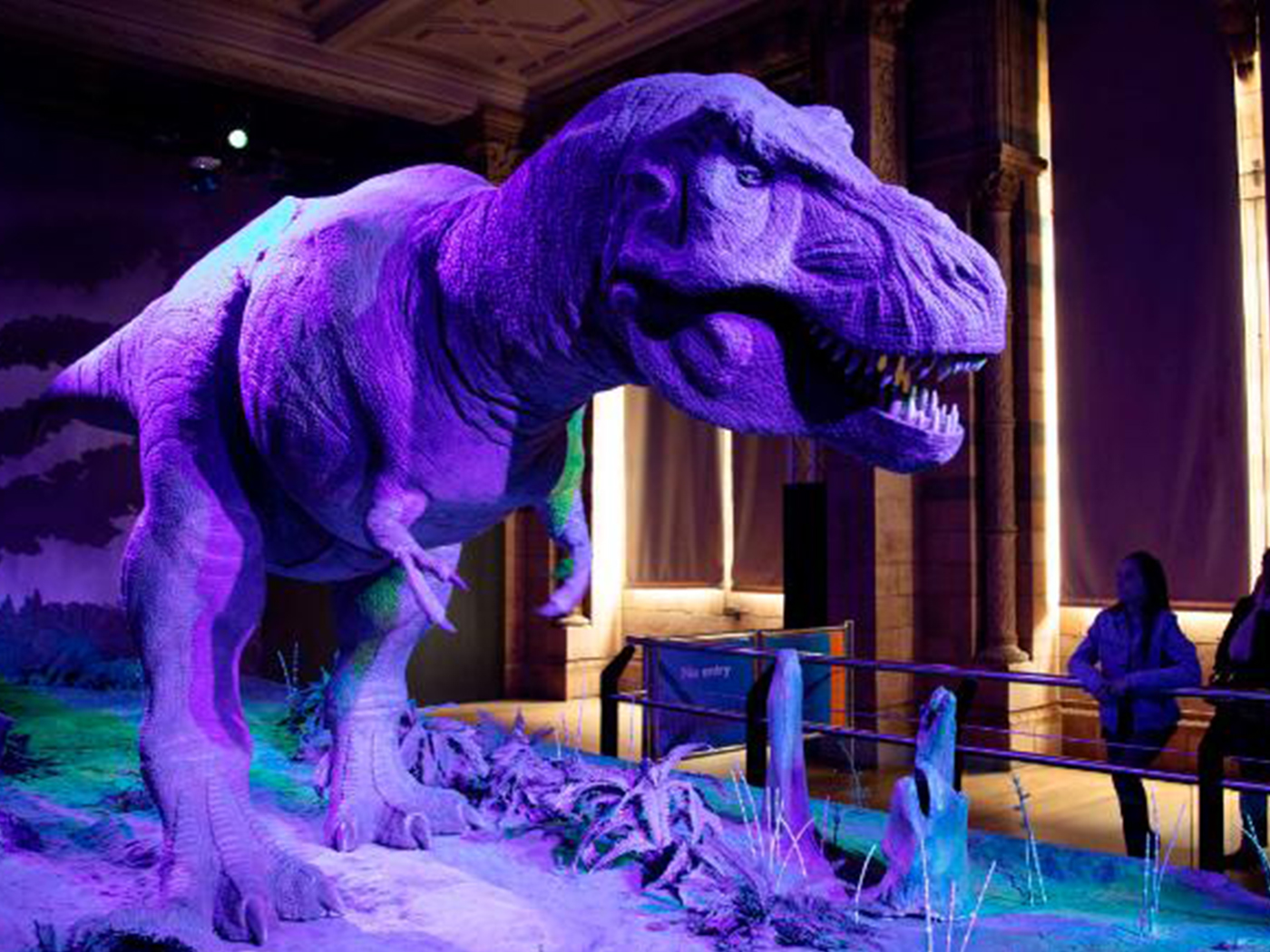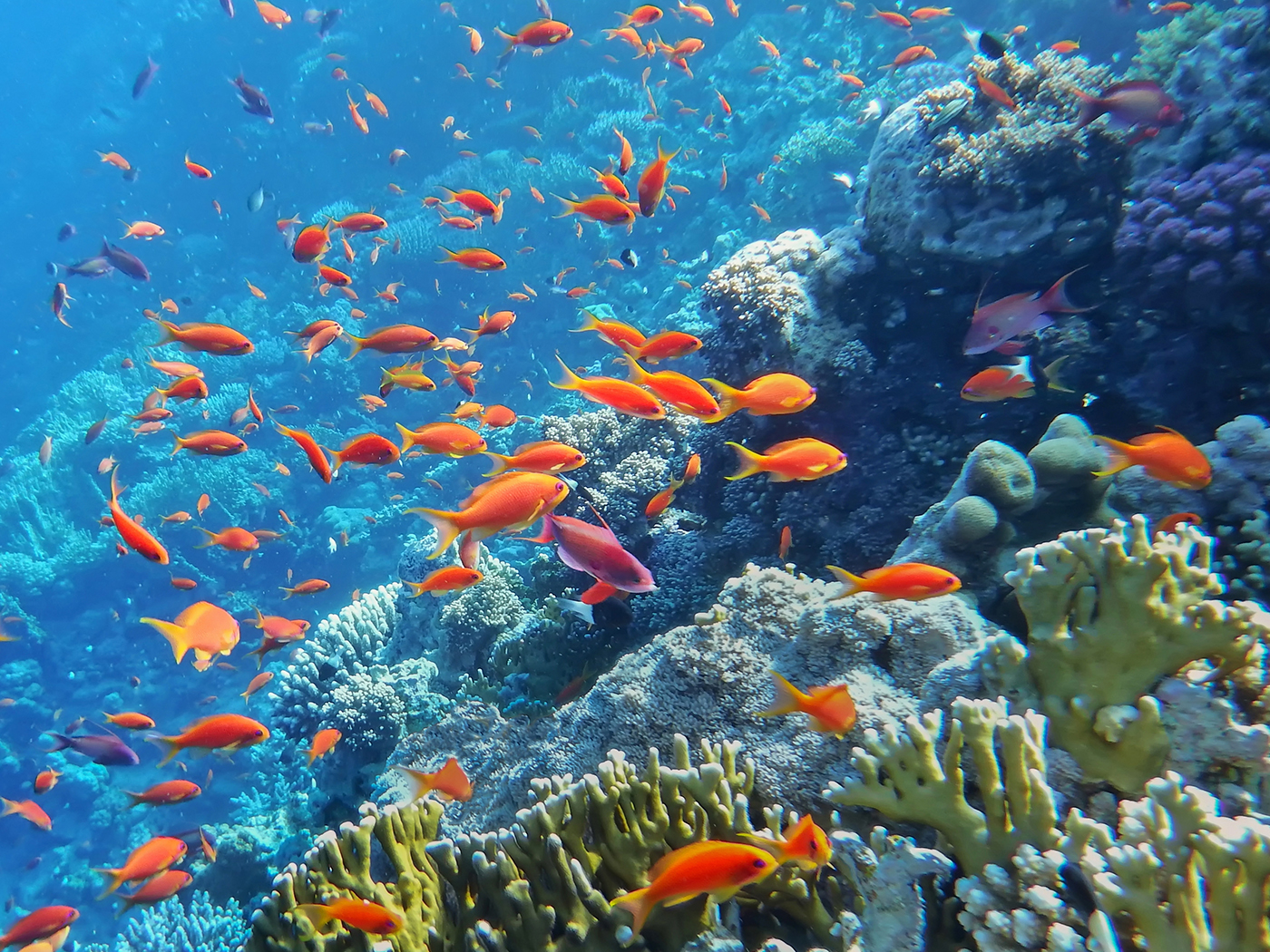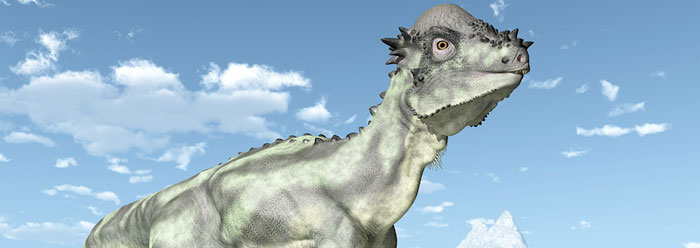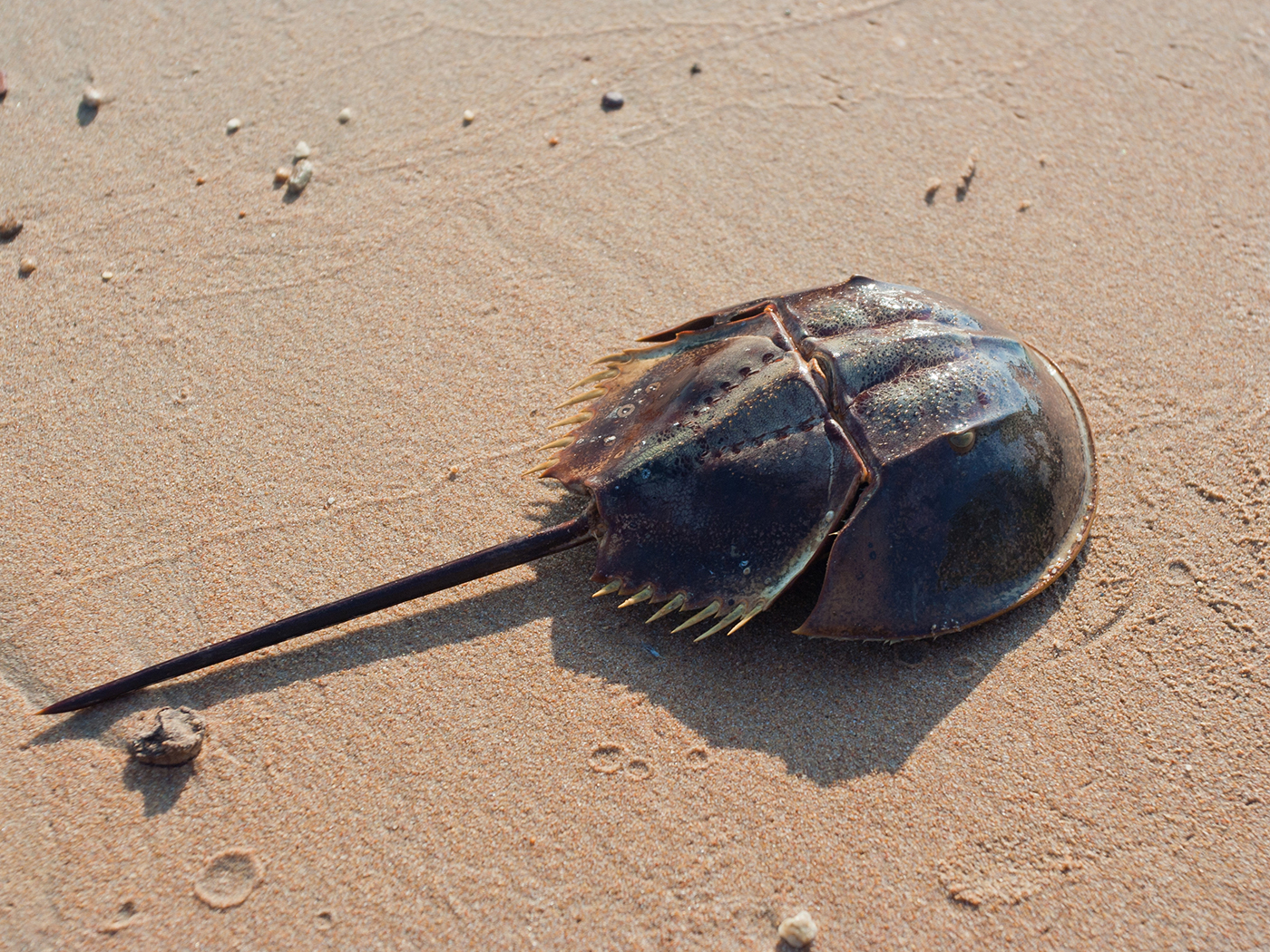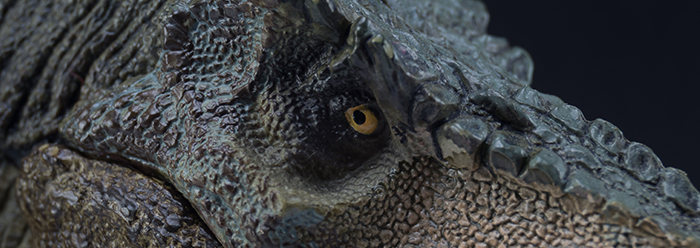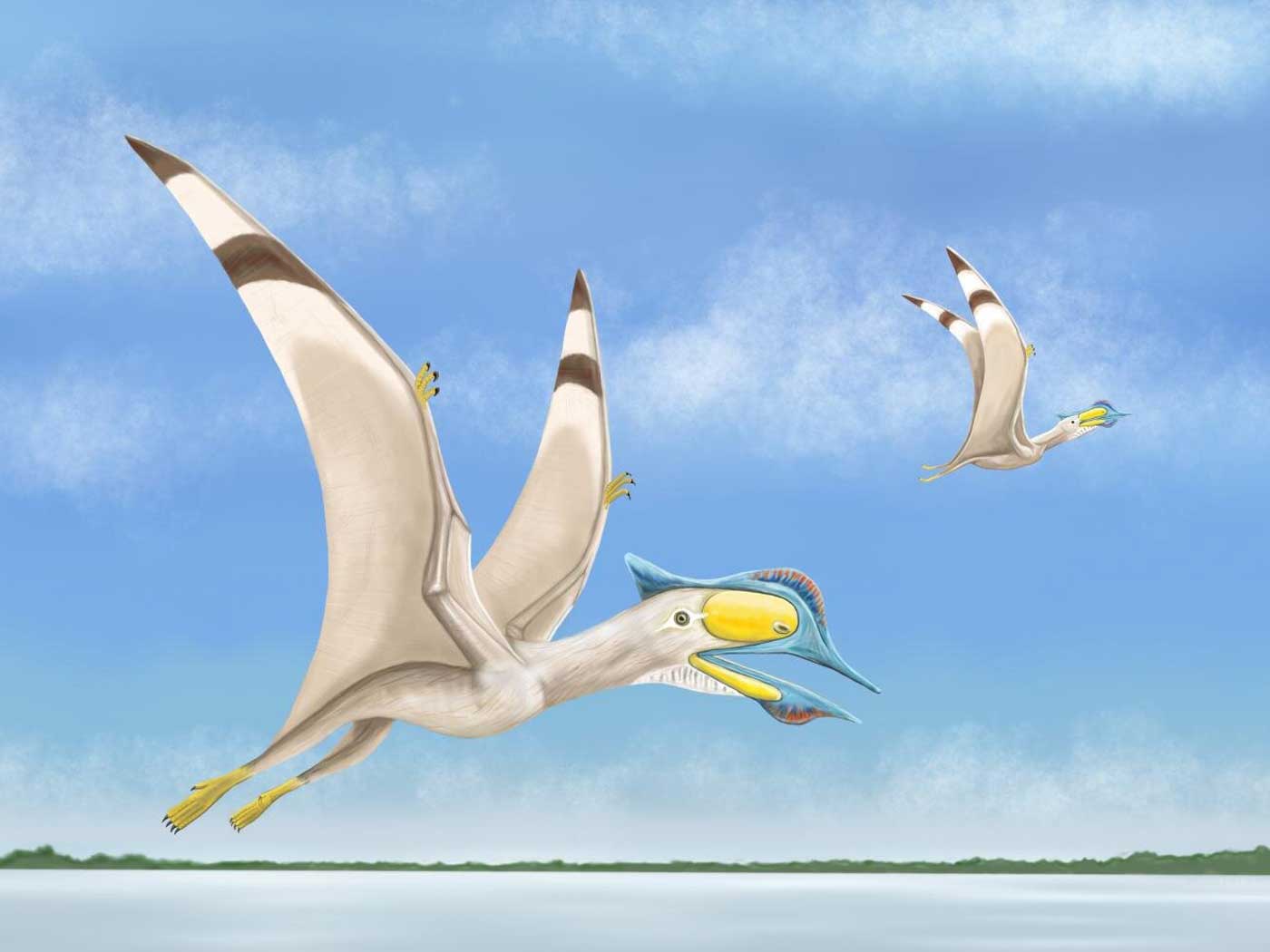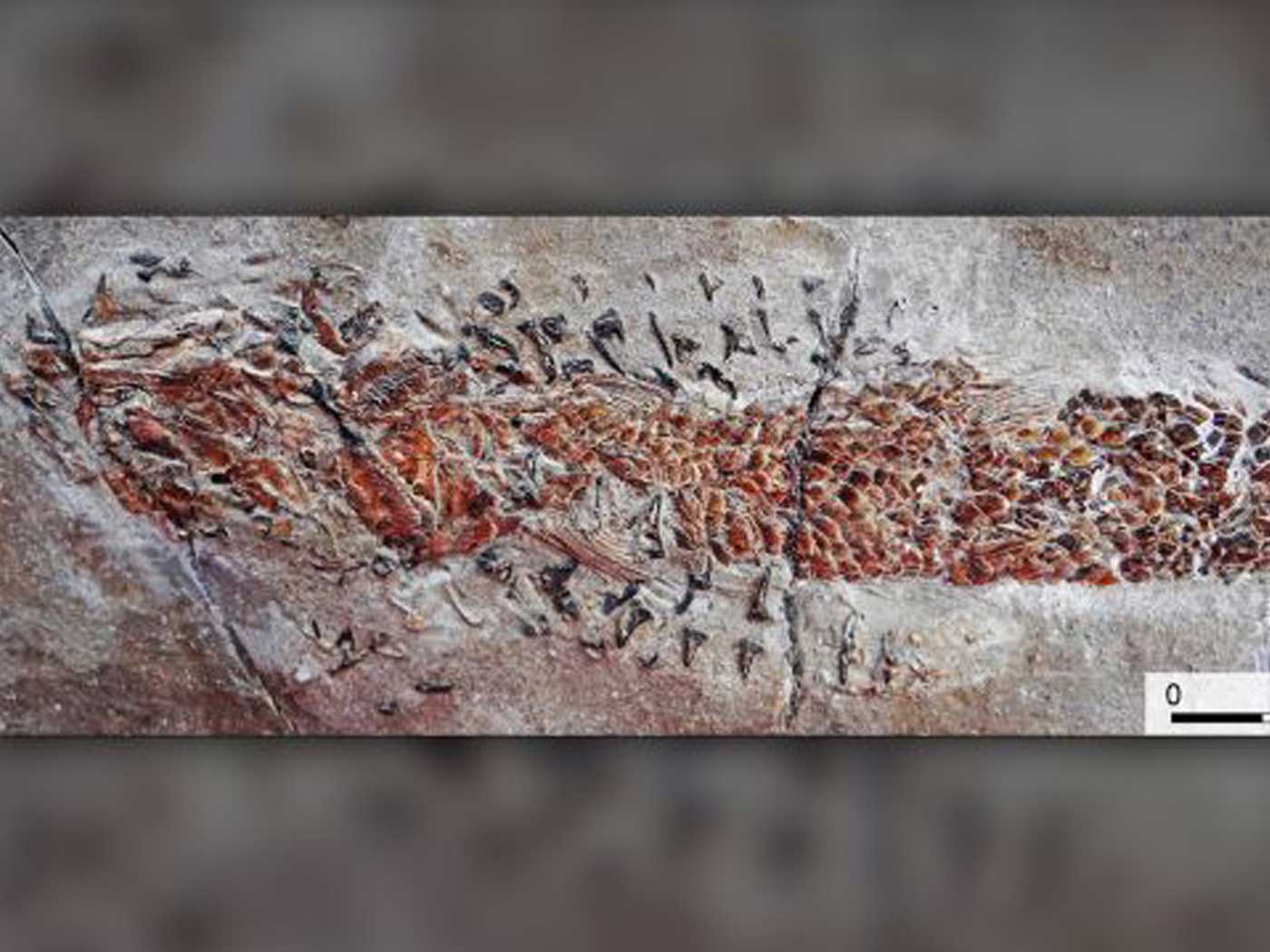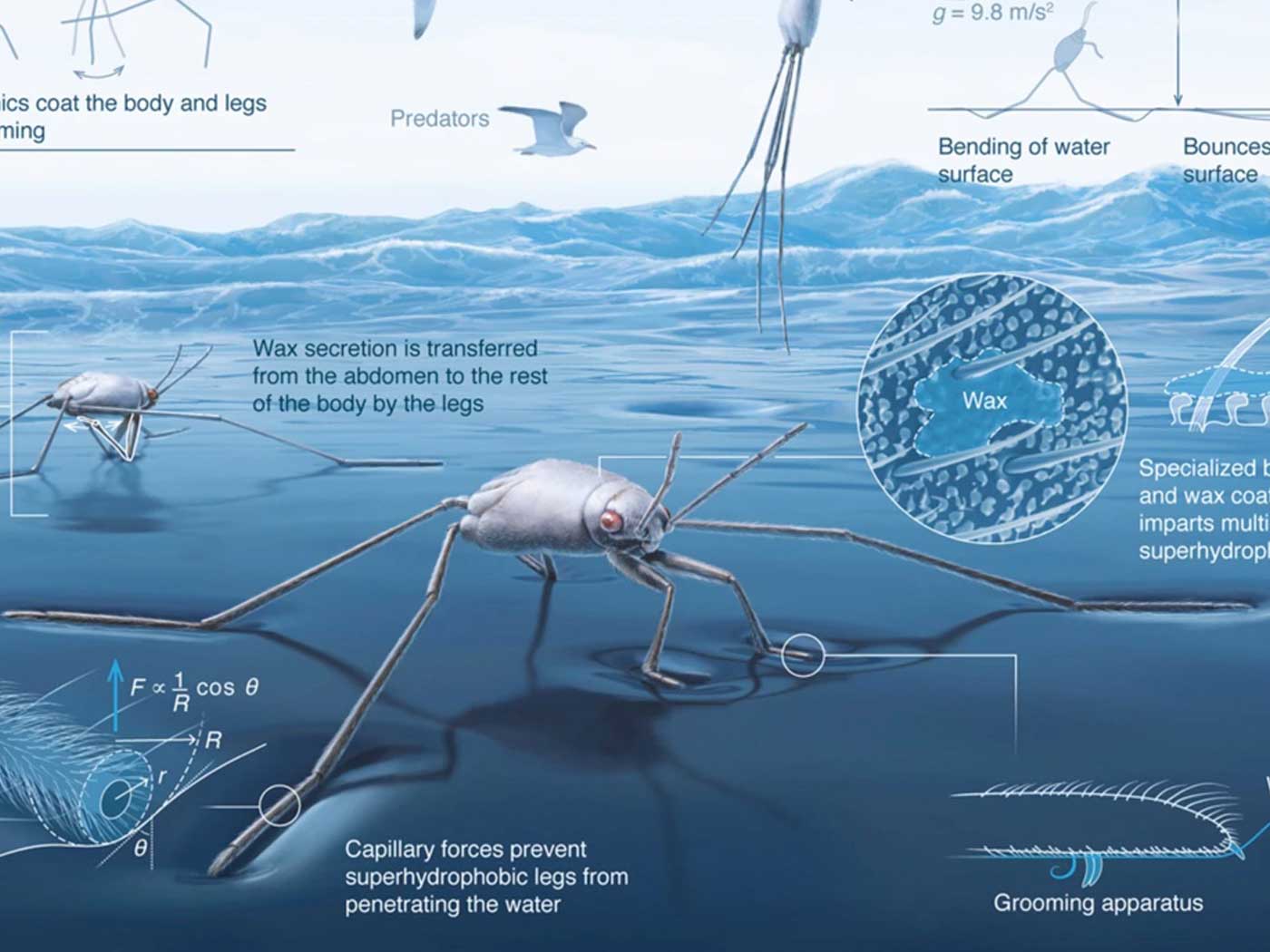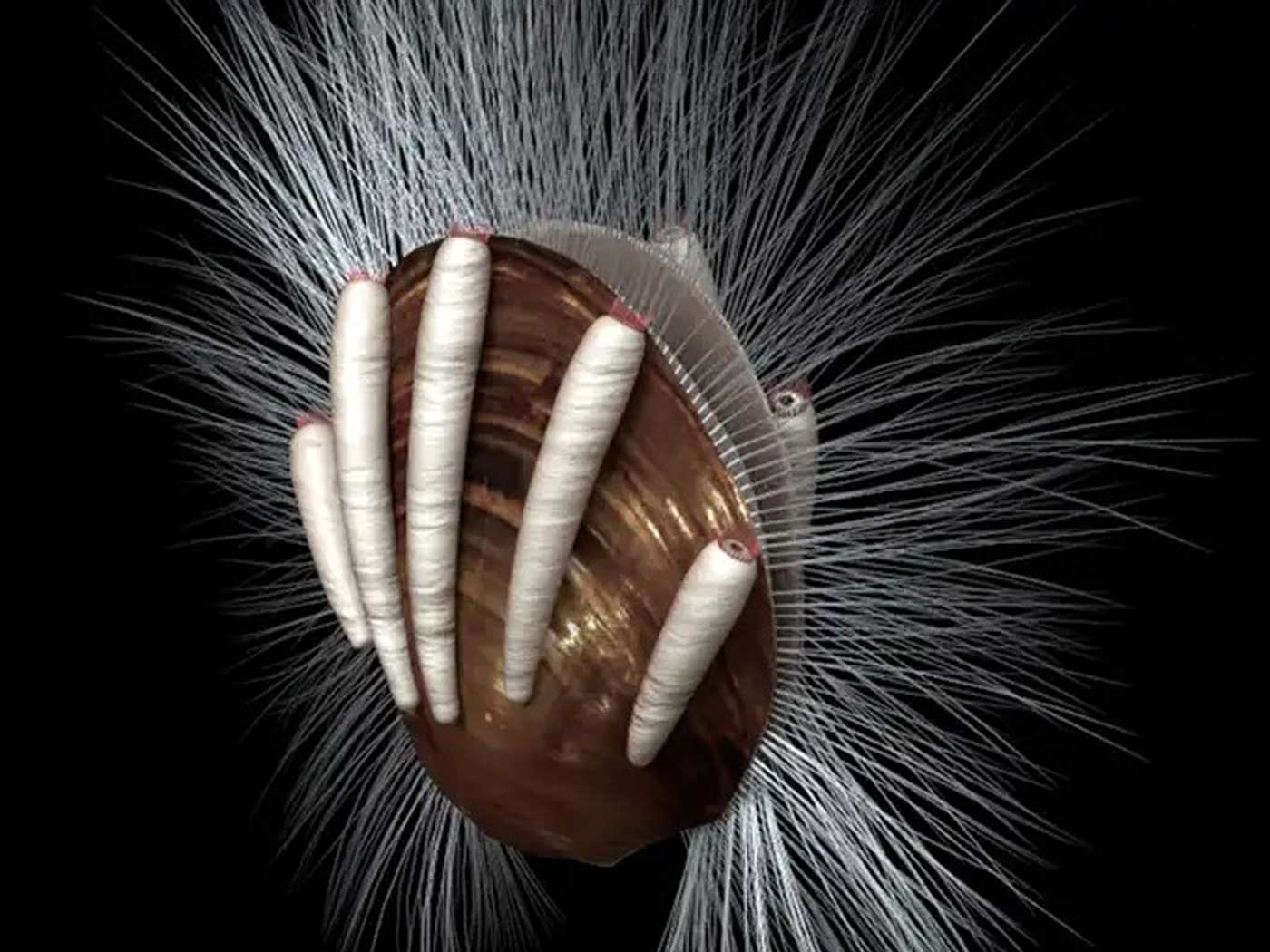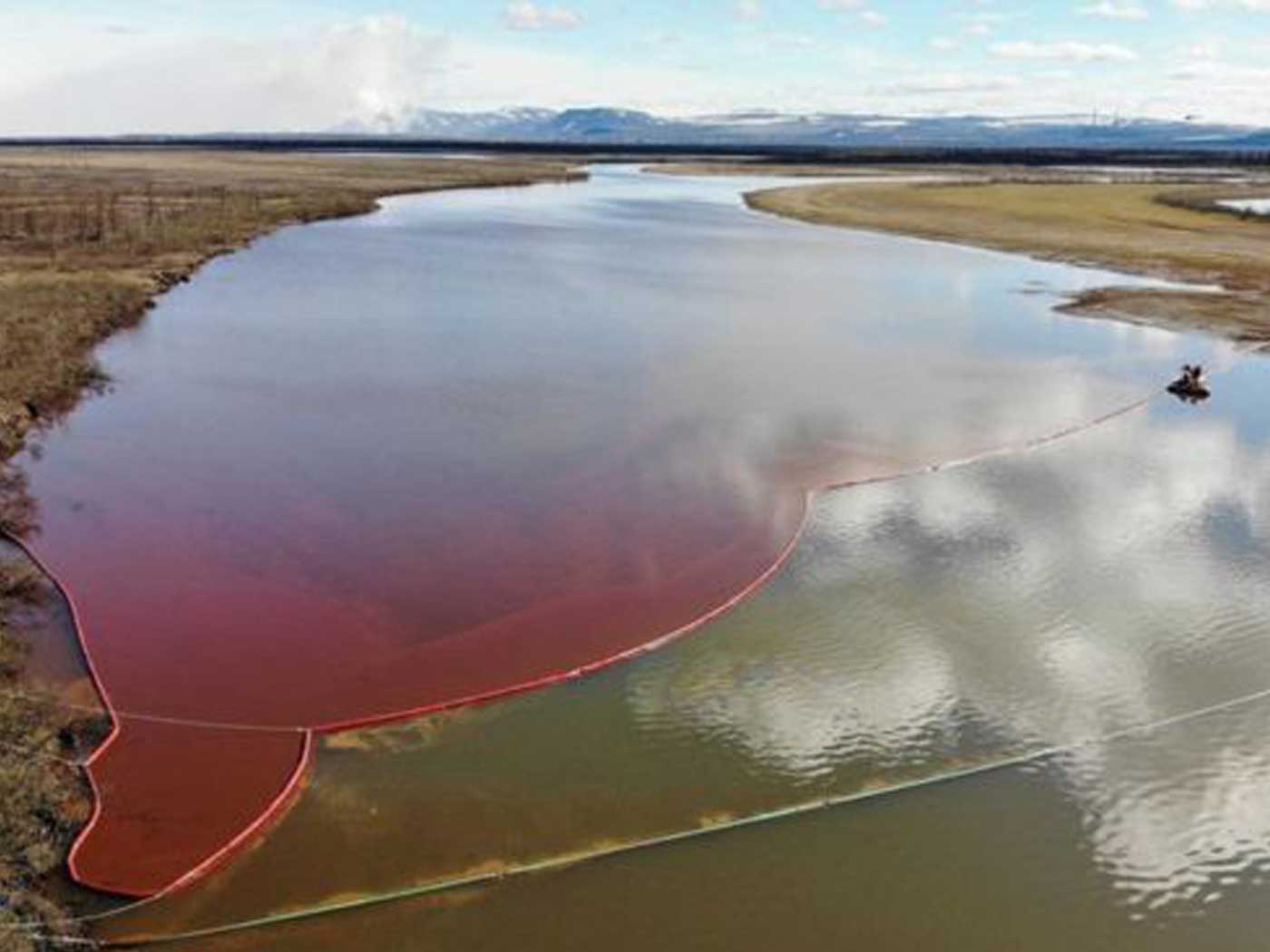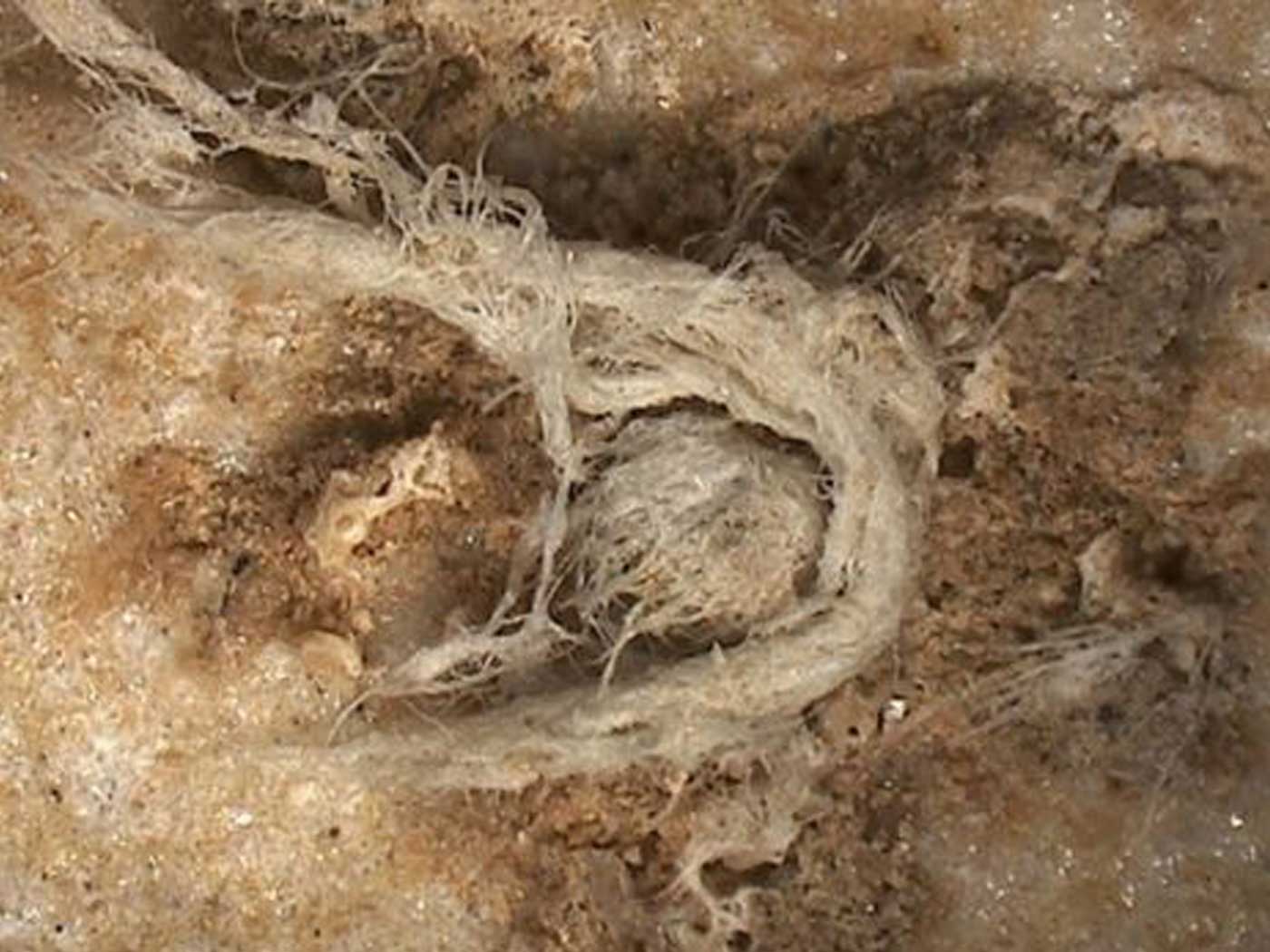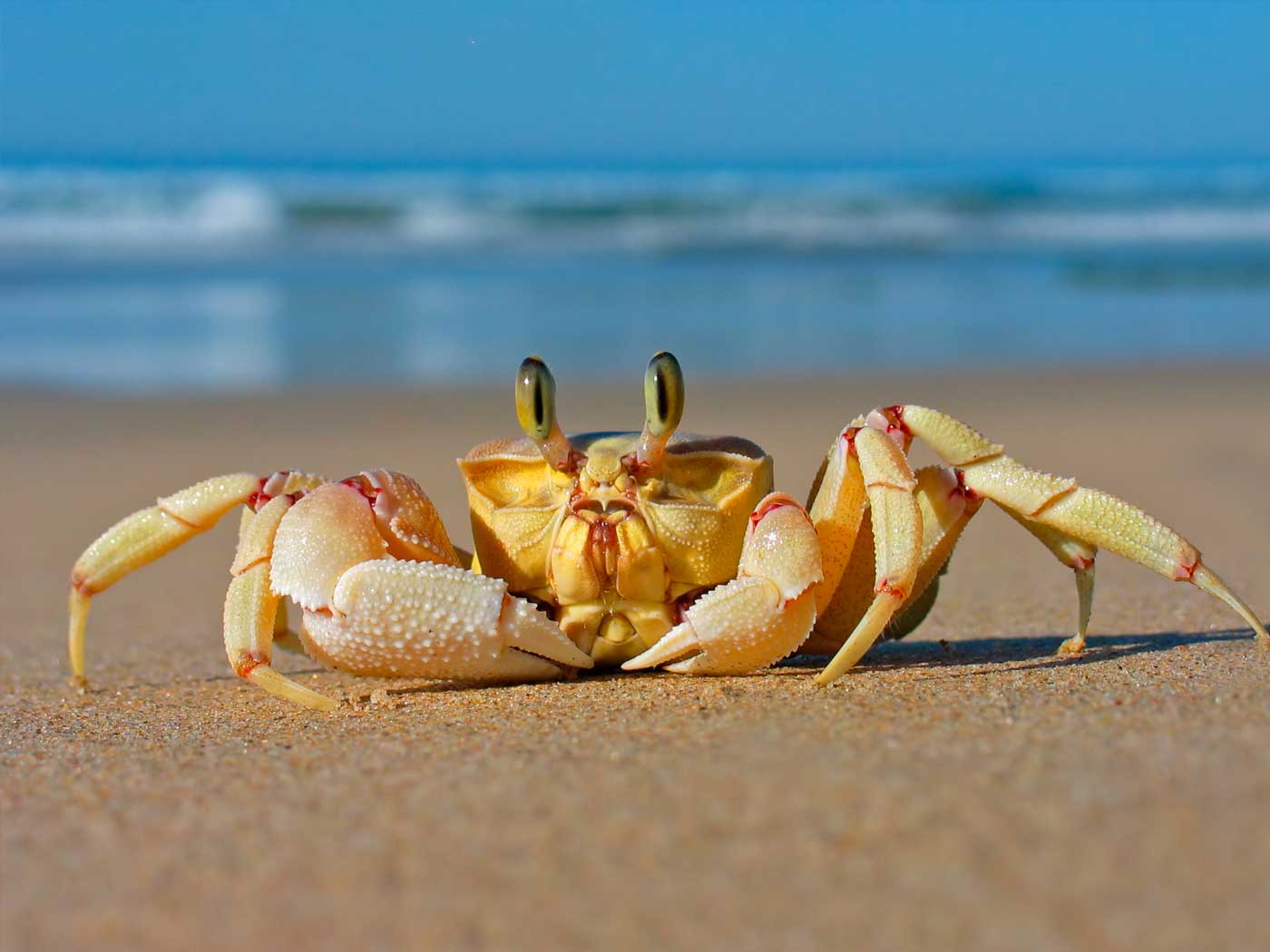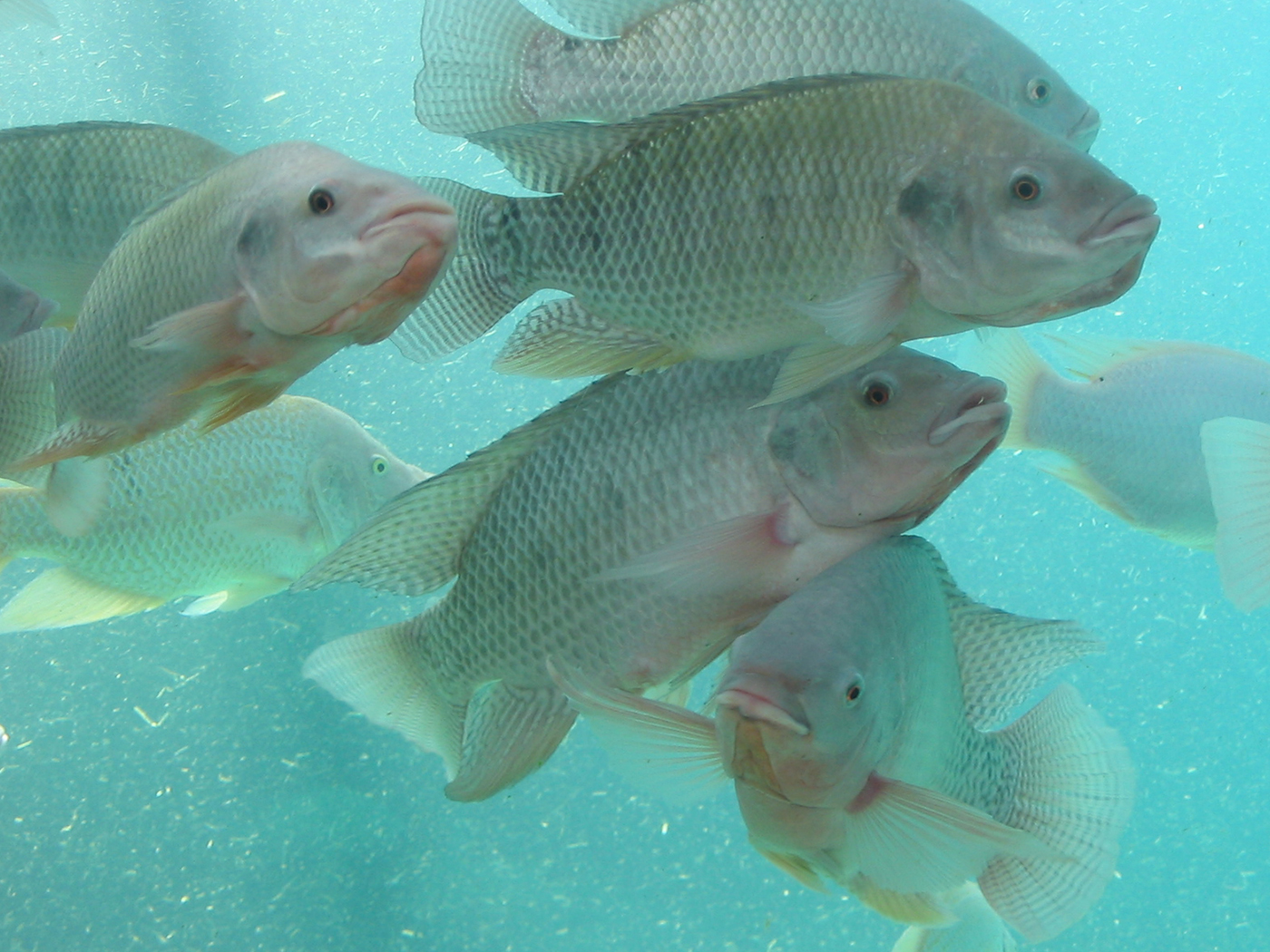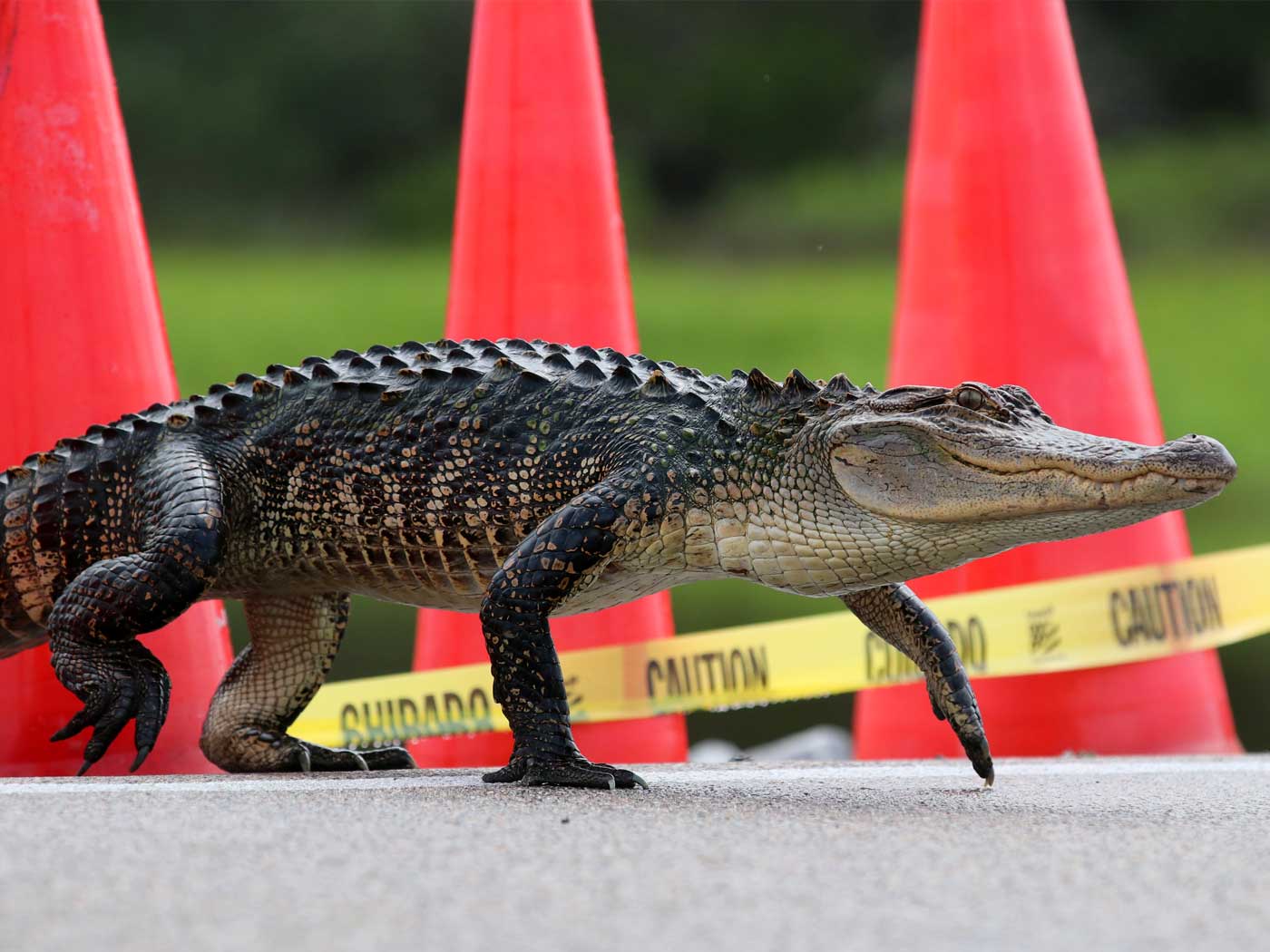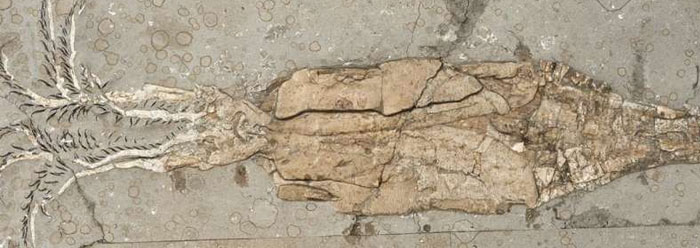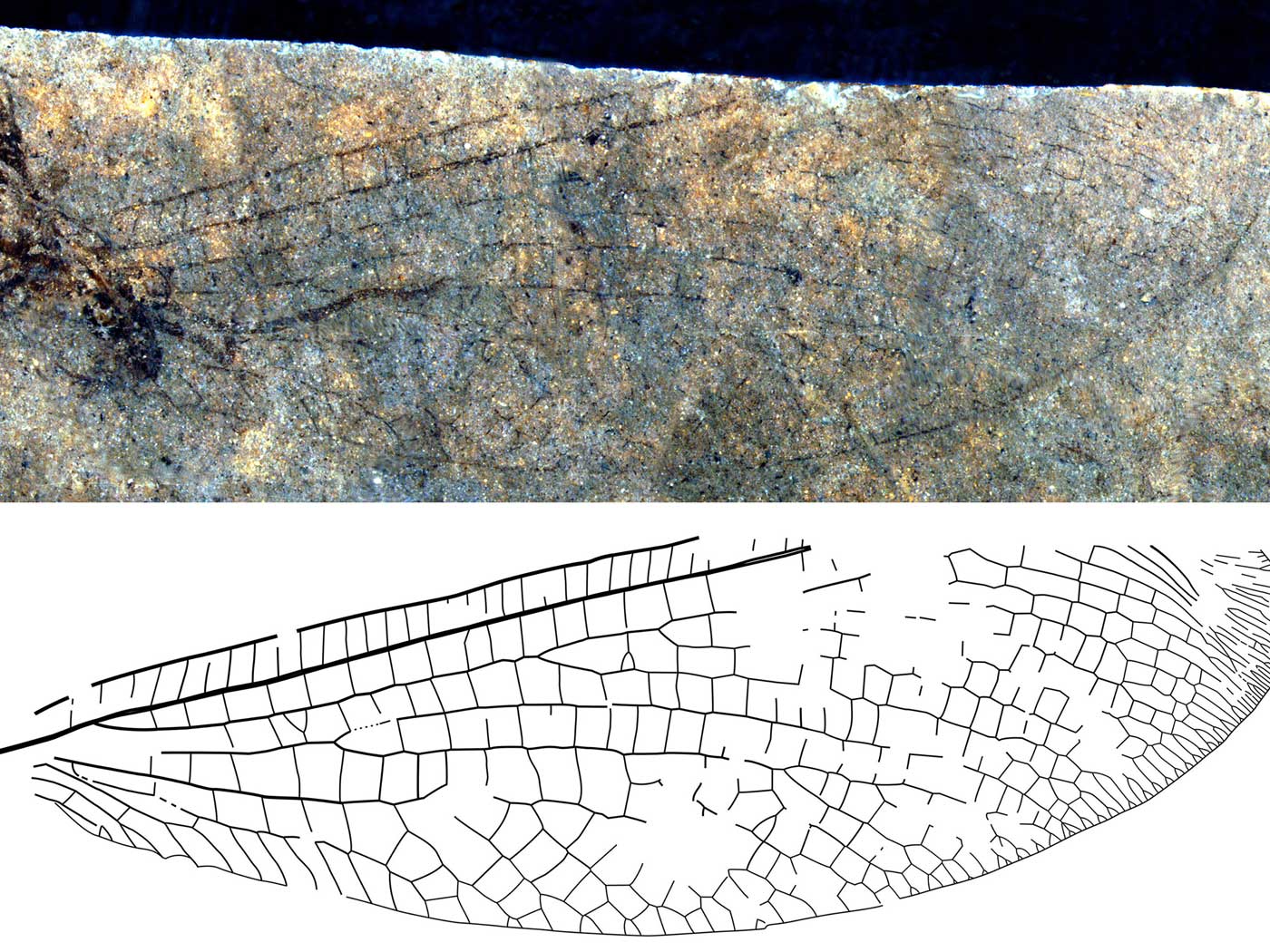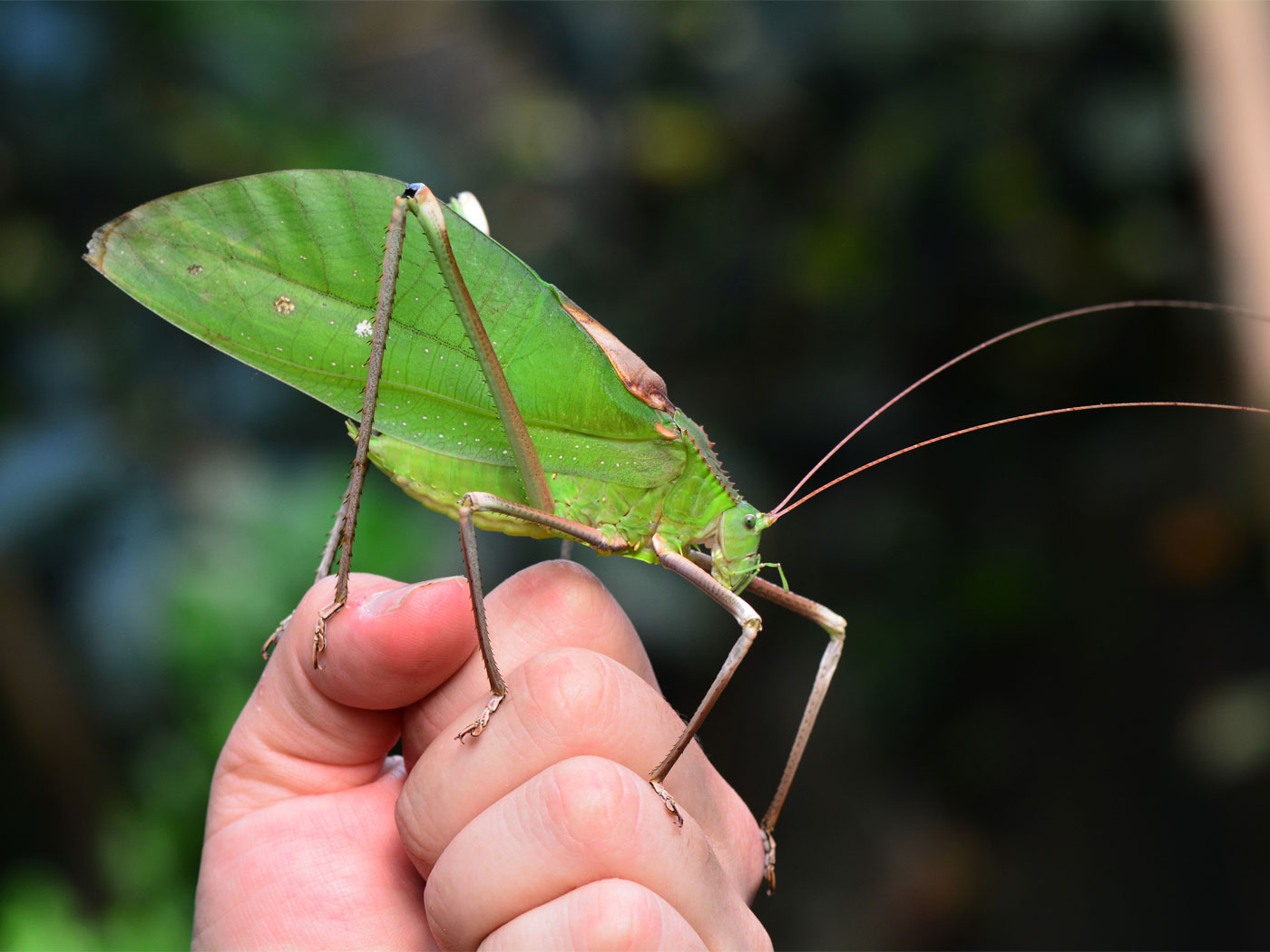One of the most famous living fossils is back in the news. The coelacanth is an endangered deep-sea fish. Its fins fit to unique, wrist-like bones, and unique bony plates envelop what scientists call its lung, which is like the swim bladder that controls buoyancy in other fishes. A new coelacanth fossil find measures more than double the size of live specimens while calling attention to outdated ideas about fossils.
This fossil’s story of discovery began when a private fossil collector asked University of Portsmouth paleontologist David Martill to identify what he hoped was a pterosaur. The mystery fossil came entombed with pterosaur wing bones from Morocco’s famous Cretaceous phosphate beds. According to University of Portsmouth news, Martill identified this strange fossil as the “bony lung” of a fish, a revelation that disappointed the collector but intrigued the scientist for its great size.1
Martill brought in coelacanth expert Paolo Brito of Rio de Janeiro. Today’s coelacanths grow up to just over six feet long. Based on the team’s calculations from the huge fossil lung bones, ancient versions of the fish grew over 16 feet long. The results are published in Cretaceous Research.2
Nineteenth century fossil experts only knew about coelacanths from their fossils. Evolution’s supporters back then taught that its wrist-like bones were evolving into legs. It became famed as a transitional form—an example of evolution recorded in the fossils. Experts envisioned coelacanths clumsily creeping upon ancient beaches to gasp for air on their way to becoming land animals and eventually humans. However, its discovery in 1938 at a Madagascar fish market washed away the whole saga.
It turns out the coelacanth uses its unique limb bones to expertly swivel its fins in tight control of its body position. Since modern coelacanths use their fin-tied bones perfectly well at 500 feet below the sea’s surface—nowhere near land—advocates could no longer use the creature to support evolution.
The coelacanth got demoted from icon of evolution to living fossil. Rather than having evolved into land animals, this fish avoided extinction.
The university news wrote, “Coelacanth fishes first appeared (evolved) 400 million years ago – 200 million years before the first dinosaurs.”1 This first appearance merely refers to the lowest occurrence among Earth’s sedimentary rock layers. Its highest, or last appearance, occurs in Cretaceous layers among dinosaurs.3 Many more layers and fossils lie above those in certain regions.4 But since it still lives today, where are its fossils in layers above the Cretaceous?
According to ICR’s Flood model of earth history, which uses rock data from across the globe and the biblical account to reconstruct the past, lower layers deposited mostly marine creatures early in the Flood year. The Cretaceous layers, which contain the last coelacanth fossils, were about the high-water mark of the Flood, reached on Day 150. Layers above the Cretaceous buried mostly higher elevation land plants and creatures as the Flood waters that had prevailed over the earth receded off the continents.5 No wonder deep sea creatures are hard to find among the Earth’s uppermost fossil layers.
The university news wrote, “It was found next to a pterodactyl which proves it lived in the Cretaceous era – 66 million years ago.”1 But prior to 1938, one could have asserted that coelacanth fossils prove pterodactyls lived only in a Cretaceous or earlier era. Instead, the then-unthinkable discovery of the fish still alive disproved that coelacanths belonged to any particular era.
Coelacanth evolution turned out to be a sham. Could the same be said of geologic eras?
In a case of journalistic irony, the same news that cites a particular fossil as proof of an era also highlights the very animal that broke the mold of fossils representing eras.
Big sea creatures like this giant coelacanth got buried with flying and tropical creatures, mixing land and marine.3 They were buried fast enough to avoid scavengers and deep enough to be preserved as fossils. Then land sediments trapped their jumbled remains as the water receded. These facts demand an abnormally devastating deluge. Instead of explaining these creatures’ layers with eras, explaining them with super-surges of water during the Flood accounts in principle for both the existence of fossils and the order in which we find them.
References
1. Enormous Ancient Fish Discovered by Accident. University of Portsmouth News. Posted on port.ac.uk February 15, 2021, accessed February 17, 2021.
2. Brito, P.M. et al. 2021. A marine Late Cretaceous (Maastrichtian) coelacanth from North Africa. Cretaceous Research. 122: 104768.
3. Clarey, T. 2015. Dinosaurs in Marine Sediments: A Worldwide Phenomenon. Acts & Facts. 44 (6): 16.
4. See Clarey, T. 2020. Carved in Stone. Dallas, TX: Institute for Creation Research, 312-349.
5. Tomkins, J.P., and T. Clarey. 2020. Paleontology Confirms a Late Cenozoic N-Q Flood Boundary. Acts & Facts. 49 (11): 10-13.
*Dr. Brian Thomas is Research Associate at the Institute for Creation Research and earned his Ph.D. in paleobiochemistry from the University of Liverpool.
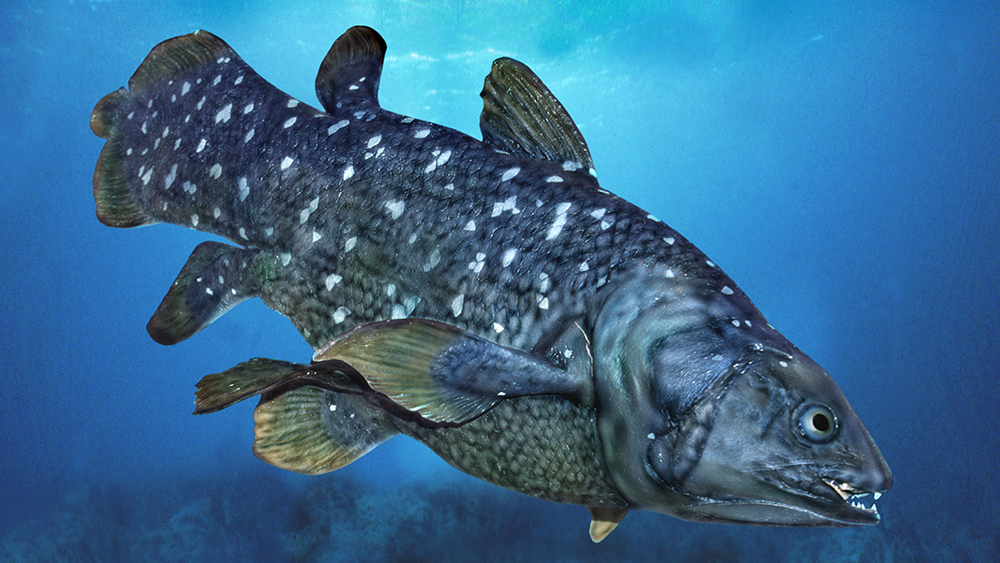
Big Fish Fossil Recalls Big Flop
The Latest
CREATION PODCAST
Four Moons That Indicate a Young Universe | The Creation Podcast:...
Earth has one moon, but Jupiter has many! What can we learn from our celestial neighbor's satellites? Do they indicate youth?
Host...
Creation Kids: Seeds and Sprouts
by Renée Dusseau and Susan Windsor*
You're never too young to be a creation scientist and explore our Creator's world. Kids, discover...
APOLOGETICS
Christ’s Creativity in Canyon Critters
Grand Canyon animals display many marvelous traits and behaviors as they live life in that harsh habitat. These canyon creatures succeed thanks to the...
Standing Against False Science
I’m Michael Stamp, and I’m in my 12th year as an editor at the Institute for Creation Research. It’s always an encouragement to see...
Oysters and Pre-Flood Longevity
The oyster species Crassostrea virginica, also known as the eastern oyster, is a prized seafood. Research has demonstrated that a fossil version of...
Galápagos Finches: A Case Study in Evolution or Adaptive Engineering?
A group of birds known as Darwin’s finches live in the Galápagos Islands, which are located in the Pacific Ocean 600 miles west of Ecuador....
Hot Springs National Park: Hydrothermal Springs Formed By The...
Hot Springs National Park is located about an hour southwest of Little Rock in the folded Ouachita Mountains of central Arkansas. It is the second smallest...
Why Biology Needs A Theory of Biological Design—Part 2
“Based on a true story” is included by movie producers to add authenticity, importance, and a flair of anticipation. So, my account of how...
Marine Fossil Tapeworm Is Still a Tapeworm
The Flood was both sudden and rapid. The burial of creatures—including delicate plants and soft-bodied animals like jellyfish1—occasionally...
CREATION.LIVE PODCAST
Ask, Seek, and Find with Dr. Brown | Creation.Live Podcast: Episode...
What is truth? Is truth absolute? Is it malleable as sensibilities and cultures shift?
Hosts Trey and Lauren are joined by Dr. Michael Brown to discuss...




